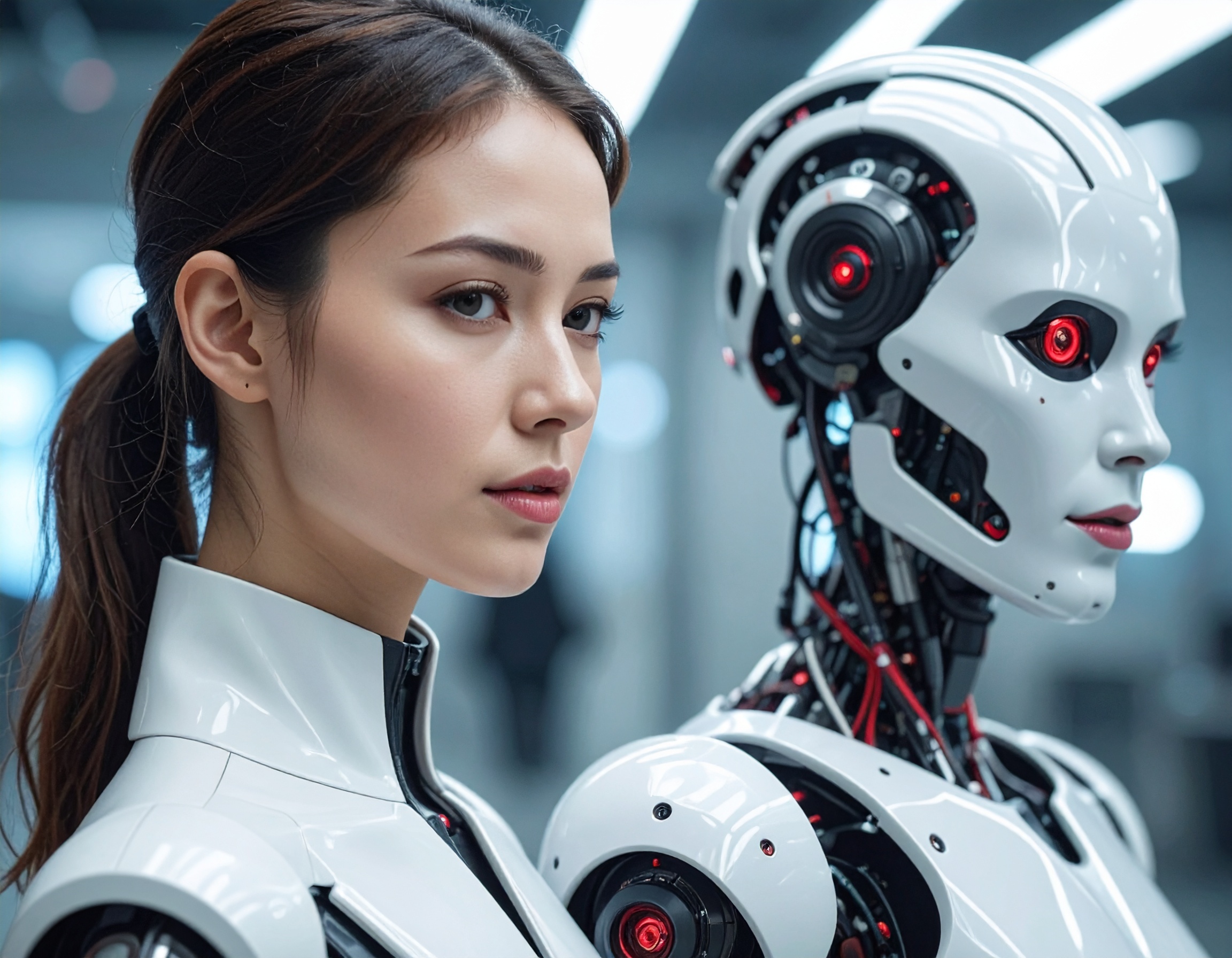The Rise of Digital Employees: Humanoid Robots Transition from Science Fiction to Reality

In the bustling halls of the 2024 World Intelligence Expo in Tianjin, China, visitors were captivated by Xiaoqi, a humanoid robot with an empathetic demeanor and advanced AI capabilities. Created by Ex-Robots, Xiaoqi represents the cutting-edge convergence of artificial intelligence, high-end manufacturing, and new materials, marking a significant leap from science fiction to practical application. Qu Yan from Ex-Robots highlighted that the company produces 400 to 500 of these emotional interaction robots annually, mainly for use in museums and educational institutions, with plans for broader applications as costs decrease.
Goldman Sachs Research estimates the global market for humanoid robots could reach $6 billion in the next 10 to 15 years, expanding to $154 billion by 2035 in an optimistic scenario. China's government is keenly supporting this industry, aiming to establish a preliminary innovation system by 2025 and an integrated industrial and supply chain system by 2027. This strategic push positions China at the forefront of this burgeoning field, which is expected to transform human production and lifestyle profoundly.
International competition is also heating up. Tesla introduced its Optimus prototype in 2022, with plans to produce 1 billion units annually. The company envisions deploying thousands of these digital employees in its factories next year and expanding their use to sectors like elderly care, addressing the needs of aging populations globally.
However, challenges remain, particularly regarding battery life and affordability, which are critical barriers to widespread market adoption. Public opinion on humanoid robots is mixed, reflecting both fascination and apprehension. While some, like Nicole Yandun from Ecuador, find robots like Xiaoqi smart and lifelike, others, such as Tianjin university student Zeng Qiao, express discomfort and safety concerns.
As these intelligent agents continue to evolve, their potential to revolutionize various aspects of daily life and work is undeniable. The journey of humanoid robots from novelty to necessity underscores a transformative era where digital employees could become as ubiquitous as smartphones.
Key Highlights:
- Walker X by UBTECH Robotics Corp Ltd: A 130 cm-tall robot capable of greeting people, shaking hands, performing Tai Chi, and making heart gestures.
- Diverse capabilities: Robots displayed the ability to walk, dance, and even make coffee.
- Future household integration: UBTECH's Chief Brand Officer, Tan Min, projected a future where each person might own three to five robots for various tasks, driven by a potential market demand exceeding 10 billion units.
Reference:
https://english.news.cn/20240623/0b8d5a00999a485aa05855ab4e691ce7/c.html


